North Korea is changing, at least in the economic domain. Apparently, more and more citizens are becoming donju, or literally “masters of money”. They are, in essence, the country’s middle class people who have private sources of income.
Christian Petersen-Clausen, a photographer based in China, learned of their existence during his 10-day visit to Pyongyang earlier this year. The increasing number of cellphone users was a glaring sight, but there were other signs pointing to a collective improvement in lifestyle.
“Smartphones and cameras are much more ubiquitous than just one year ago and so are electric bikes and luxury cars,” Peterson-Clausen told NextShark.
These scenes deviate from the common picture many foreigners imagine about North Korean citizens. Petersen-Clausen was surprised to see donju who actually used two phones and other digital devices.
A North Korean man wears a Bluetooth headset while riding his bicycle:
Petersen-Clausen spotted electric bikes and luxury cars, including a surge in the number of taxis in Pyongyang. However, while some people now do have access to cars, the vast majority of people are still riding bicycles.
“Services have expanded over the past few years as well. Pyongyang now has significantly more taxis, although they still require western currency for payment. It is possible to get married at the zoo, fly in an ultralight airplane at the flying club or learn to ride horses under the guidance of expert trainers,” he said.
The donju reportedly spend time in “Pyonghattan,” a colloquial lingo among themselves that refer to an upscale area in Pyongyang that houses expensive establishments.
“Pyonghattan” is home to expensive department stories, restaurants, and 24-hour coffee shops, according to the Washington Post. These citizens have an affinity for leather bags, as seen in the following images:
“Things seem to have improved to the point where some people even have leisure time in a country that famously has a six-day work week with plenty of extra work required on various occasions.”
“But this does not necessarily mean that North Korea has become a workers paradise where life for everyone is luxurious and comfortable. This is still a country under tight international illegal sanctions promoted by USA and the puppet organization UN.”
While these step-ups are enticing to look at, Kim Jong Un’s leadership remains to impose tight sanctions that may or may not spare donju.
Source: Next Shark
BUY THE AMAZING NK NEWS NORTH KOREA WALL CALENDAR!!!
PREVIEW AS FOLLOWING:
January
A cool early morning in Wonsan, North Korea’s eastern coastal city. Though tourists have long visited Wonsan, North Korean authorities have since 2013 been making efforts to increase the number of foreign and domestic visitors going to the city. Now boasting an international-class airport as well as a recently remodeled Children’s Camp – which aims to attract foreign visitors from around the world – the city also includes hotels, beaches and a port once used by a ferry serving the Japanese coastal city of Niigata.
February
A mother and a daughter look out the window of a passing tram in Pyongyang. Built during the early 1990’s, Pyongyang’s tram system comprises three lines, using rolling stock imported from Germany, Switzerland, and the former Czechoslovakia. The tram lines are supplemented throughout the capital with a trolley bus service, as well as an underground metro featuring two lines. Pyongyang’s lack of major vehicular traffic means the trams and trolley-buses present little burden to street-users.
March
A view of the Pyongyang skyline by night, taken from the Yanggakdo Hotel. Until relatively recently, Pyongyang was extremely dark at night, with power shortages unable to keep up with domestic demand. But with a number of new power stations coming online across the country since 2015, more and more apartments are being lit well into the night. Power supplies can stretch further than before thanks to the increased availability of cheap LED lights from China.
April
Young newlyweds pose for a photo with a Dalmatian in downtown Pyongyang. The woman is wearing a traditional hanbok dress, while the man a western-style suit, as is common in weddings in South Korea. Couples usually pose for photos at major landmarks around the city, this time at the Zoo, before their traditional wedding ceremony. Wedding gifts usually include cash or food, though poorer families sometimes borrow items purely for the prior photo session.
May
A young lady cycles along a path near Mt. Kumgang, just a few miles from the South Korean border. For many years, Mt. Kumgang was open to tourists from South Korea, with hundreds of thousands visiting a variety of resort hotels each year. But tourism came to an abrupt stop in June 2008 when a female South Korean tourist was shot dead early in the morning by a North Korean soldier. North Korean authorities claimed she was a security threat and had fled when asked to stop. The ban on tourism to North Korea has never been reversed and as such, facilities in the Kumgang region lay more or less unused.
June
A father and son walk along the banks of the Taedong River, opposite Kim Il Sung square. Walking in front of the Juche Tower, the pair stand in-between two of Pyongyang’s most well-known landmarks. The Juche Tower stands some 170m high and was completed in 1982, designed to commemorate founding President Kim Il Sung’s 70th birthday. At the base of it is a wall containing plaques from foreign supporters and overseas study groups of North Korea’s Juche ideology.
July
A rarely seen reverse angle of one of the figures mounted on a building in Kim Il Sung square. During some national holidays, anniversaries or after special events, North Korean authorities host massive rallies in Kim Il Sung square, often rolling heavy military equipment past onlookers including VIPs and senior leadership figures. Government buildings nearby include the headquarters of the Korean Workers Party, the foreign ministry and the central bank.
August
A young North Korean university student poses for the camera in Wonsan. Most men in North Korea serve in the military for 10 years and women for seven. Military service is compulsory in the DPRK and most people enlist after high school – those who are accepted into universities do their military service after they graduate.
September
A woman and young man push a cargo of wires along a wet street in Wonsan. While the state once provided rations and supplies to people throughout the country, the public distribution system (PDS) broke down severely during the famine of the mid-1990s. Increasingly, people in North Korea must look out for themselves, meaning many individuals have now entered the field of private trade in order to survive (and often thrive).
October
A man cycles past crops along a pathway near Mt. Kumgang, towards an electrified train track. As an extremely mountainous country with less than 20% of land suitable for agriculture, it is common to see North Koreans using the mountains themselves for farming. Major crops include rice, potatoes and corn. But while North Korea aims to be self-sufficient in food production, mismanagement and poor weather conditions often impact the level of domestically produced food available.
November
A new tower block on Mirae Scientists Street, located in downtown Pyongyang adjacent to the river Taedong. The six-lane street is lined by high-rise, futuristic apartments and was opened in November 2015 for researchers from the Kim Chaek University of Technology. The street is one of several new streets ordered for construction following the death of Kim Jong Il, which are usually built for workers from specific fields.
December
North Korean children play near Sinuiju, a city located in the northwest of the country near China. Winters can be extremely cold in the DPRK, with temperatures in some areas dropping below -15° centigrade as the daily average. With little fuel to heat up homes, some North Koreans must deal with exceptional cold during the winter months.
Click here to see last year NK News wall Calendar (2016).
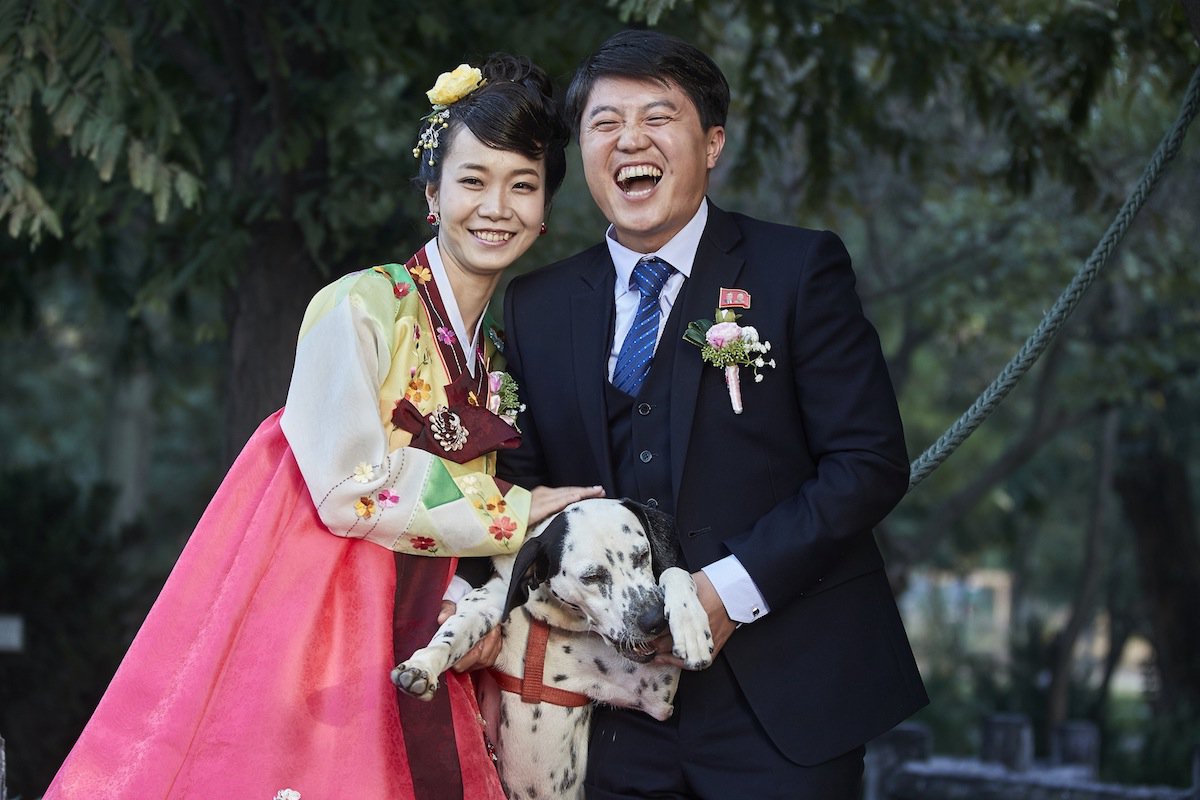

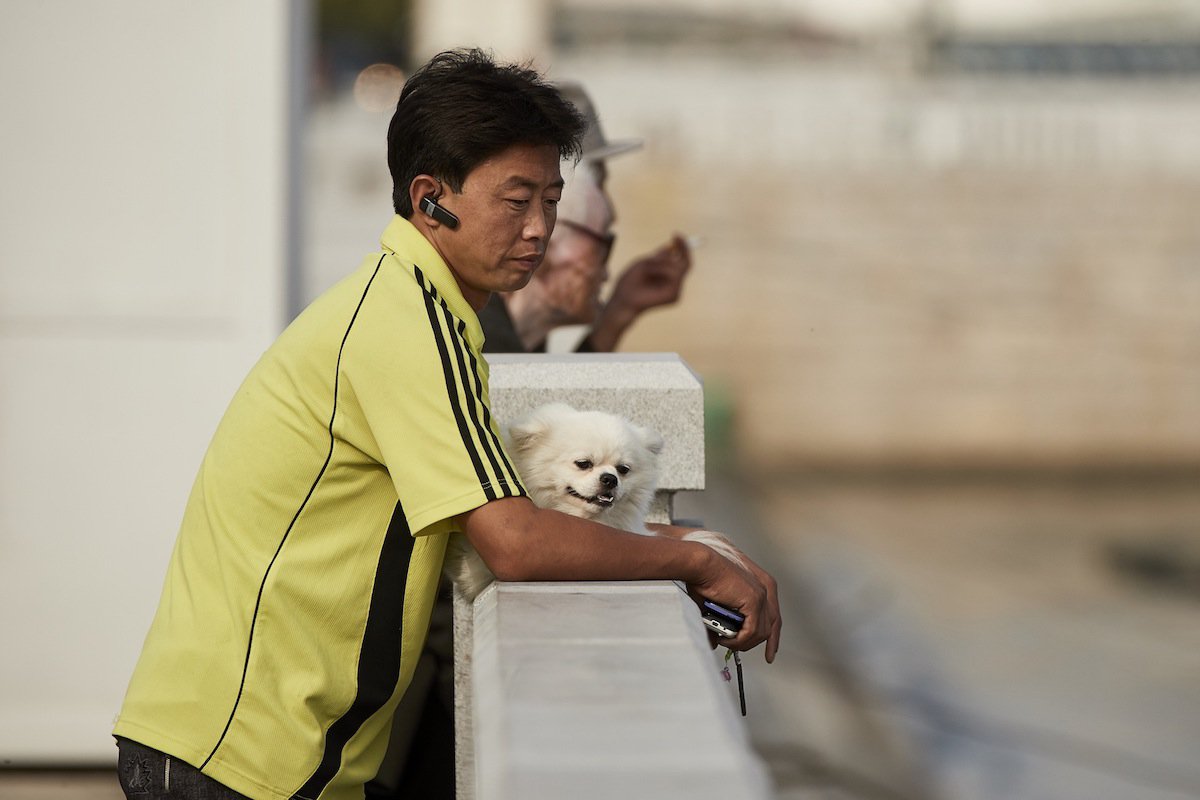

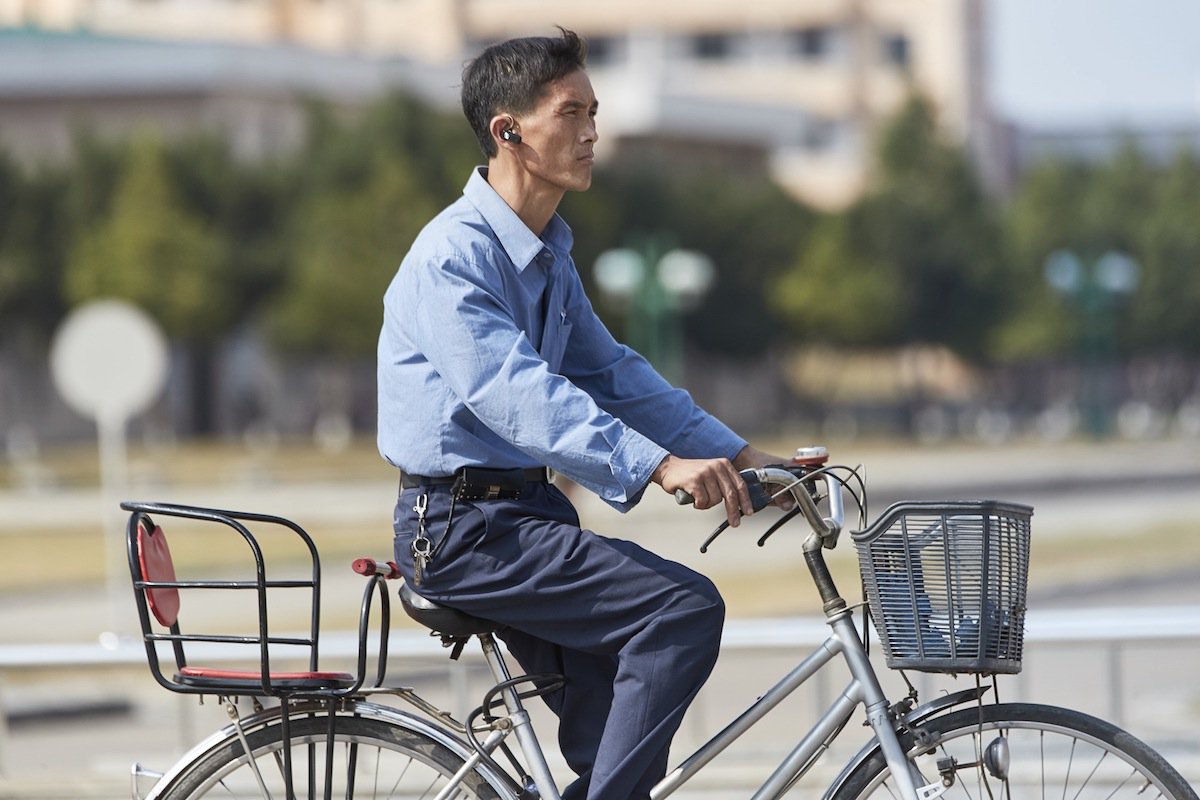
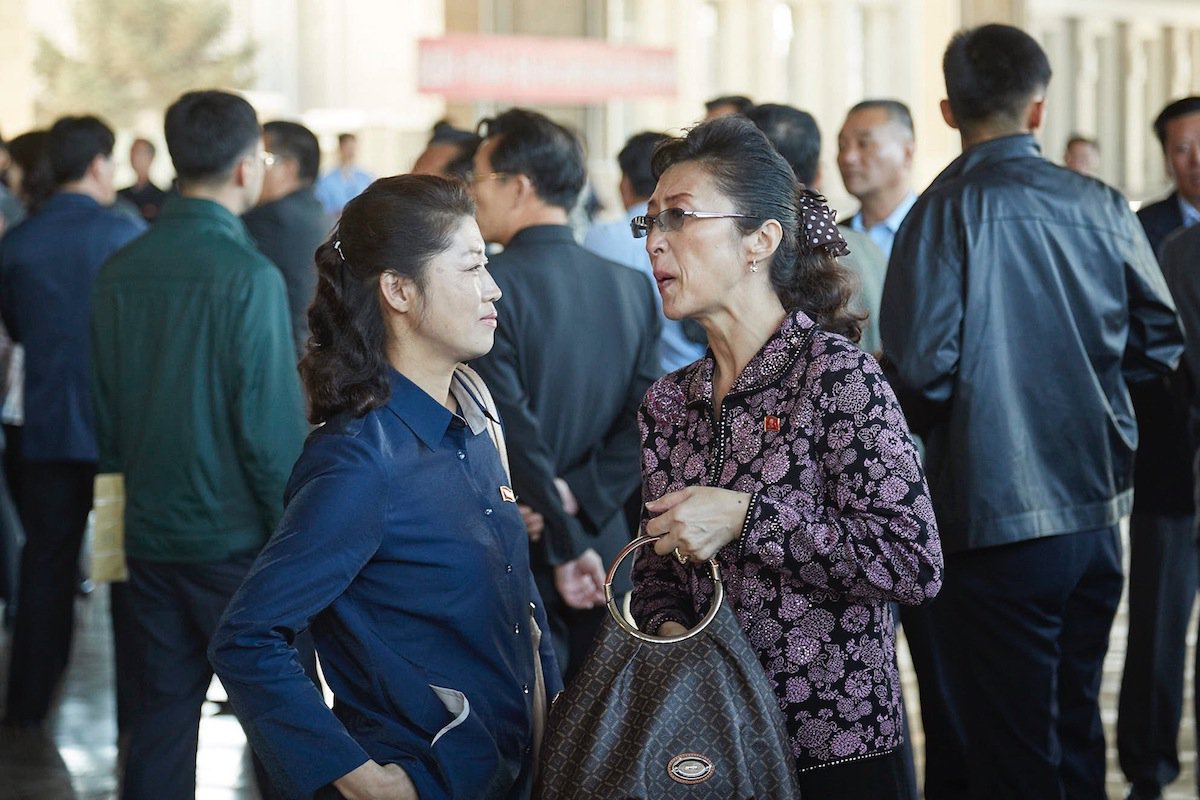
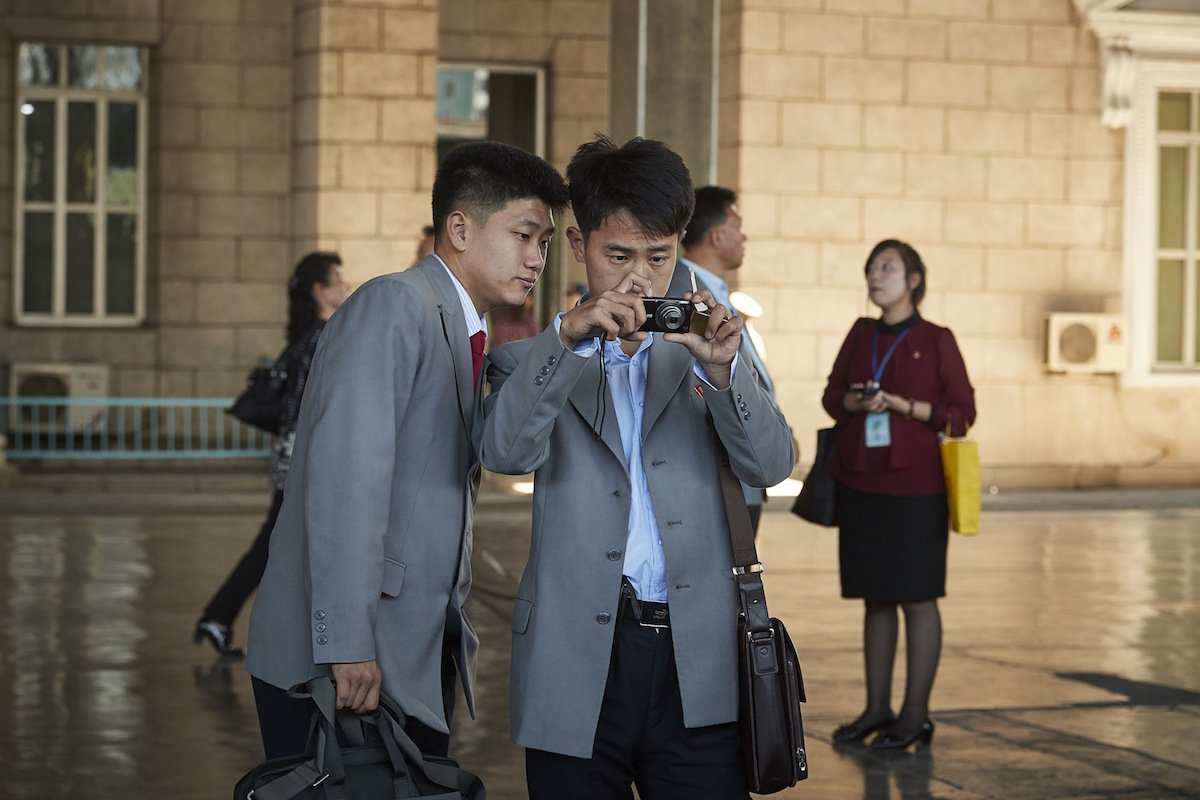
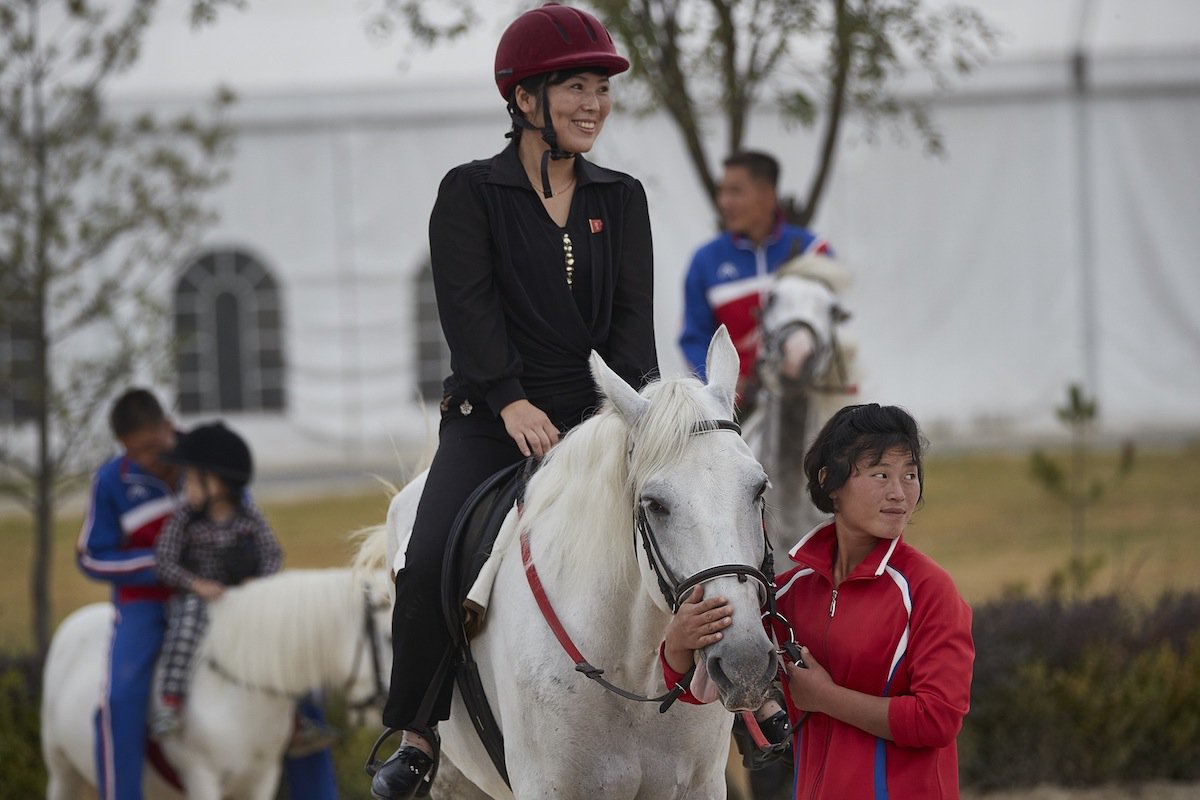

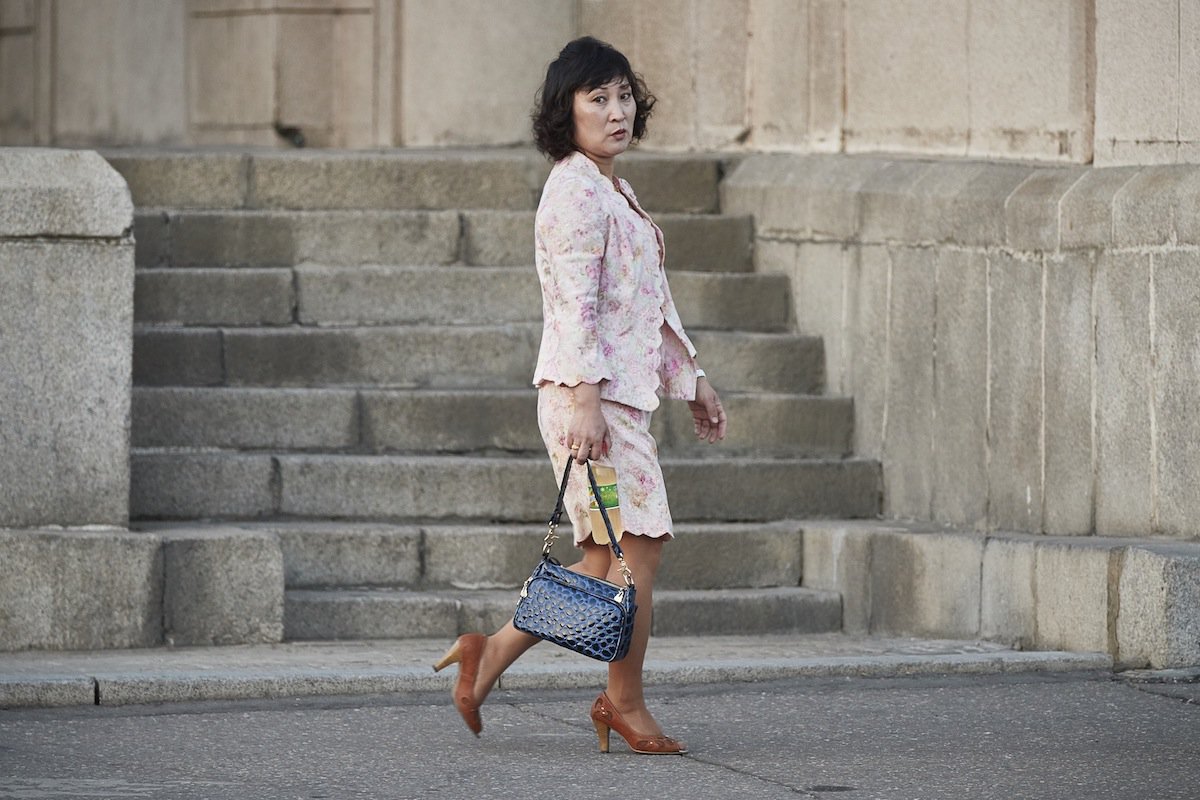

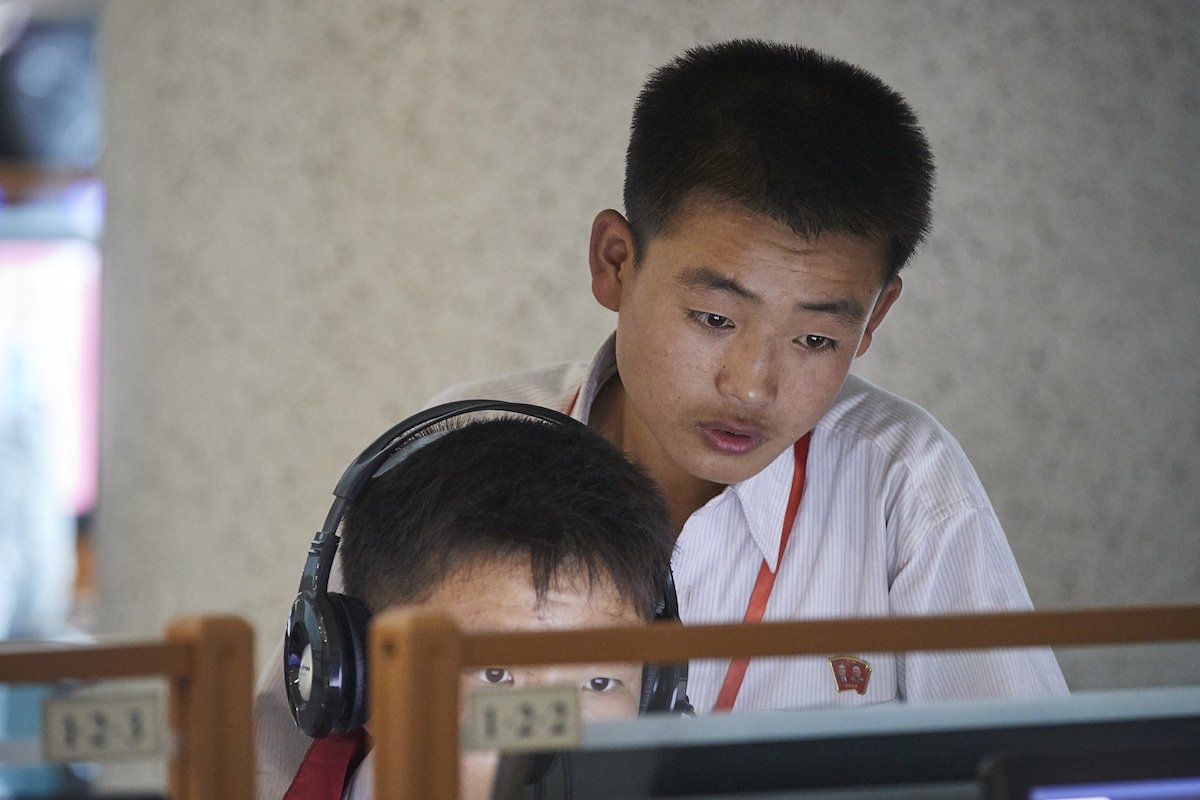
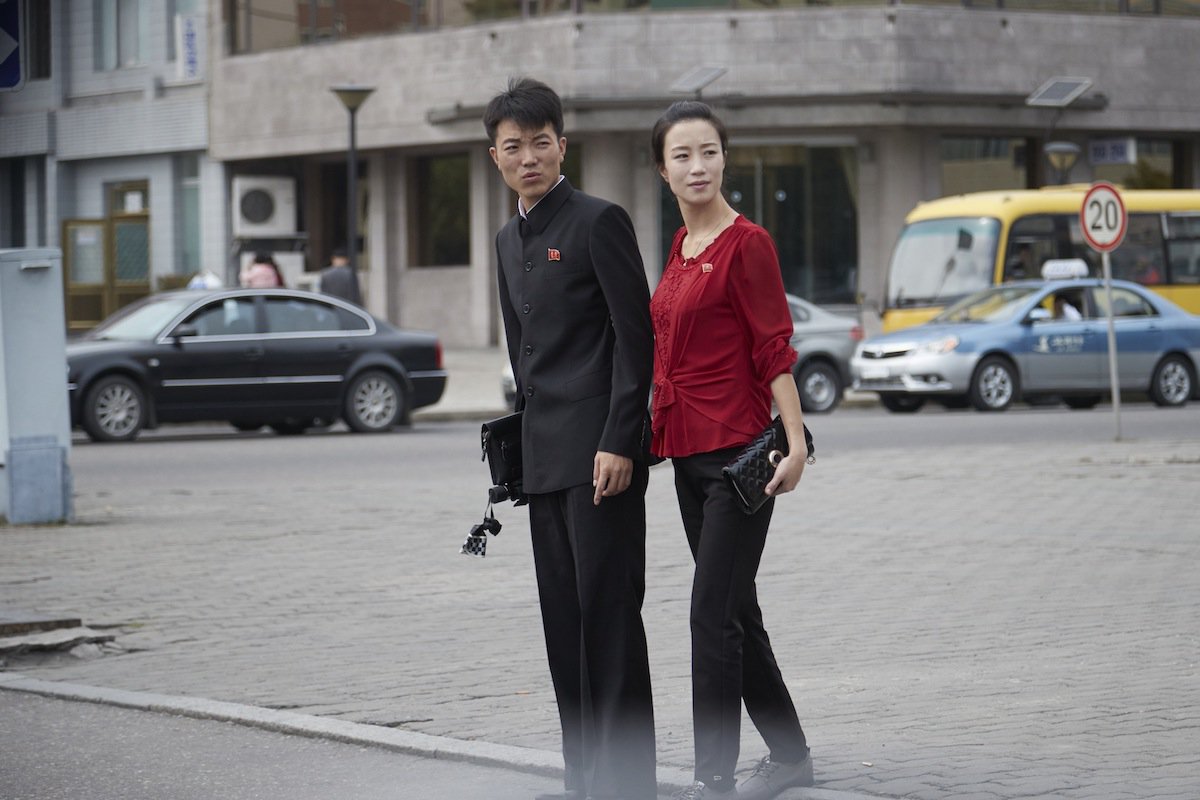
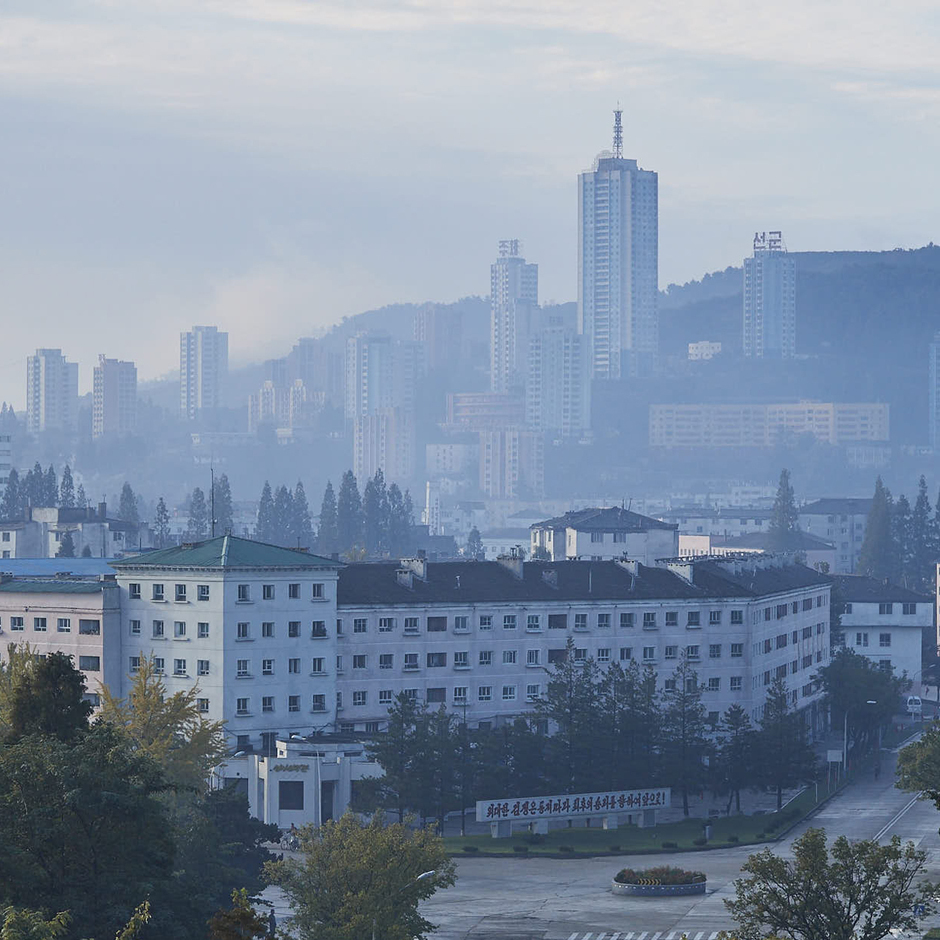
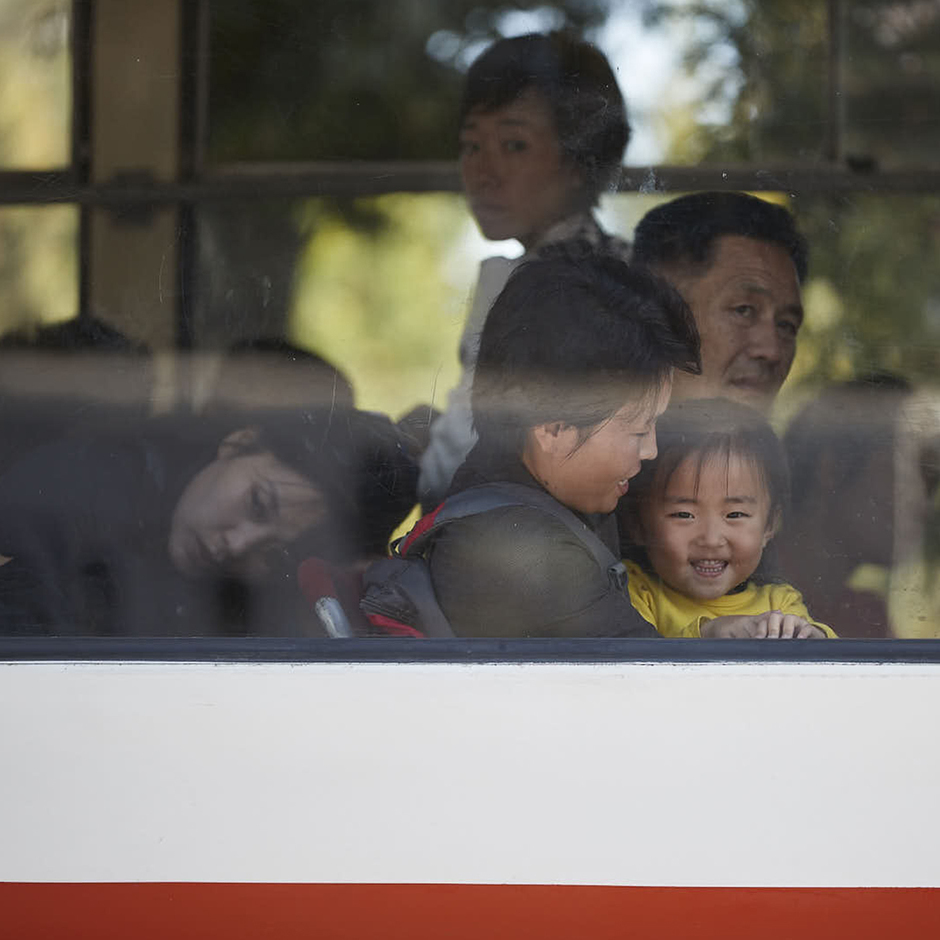
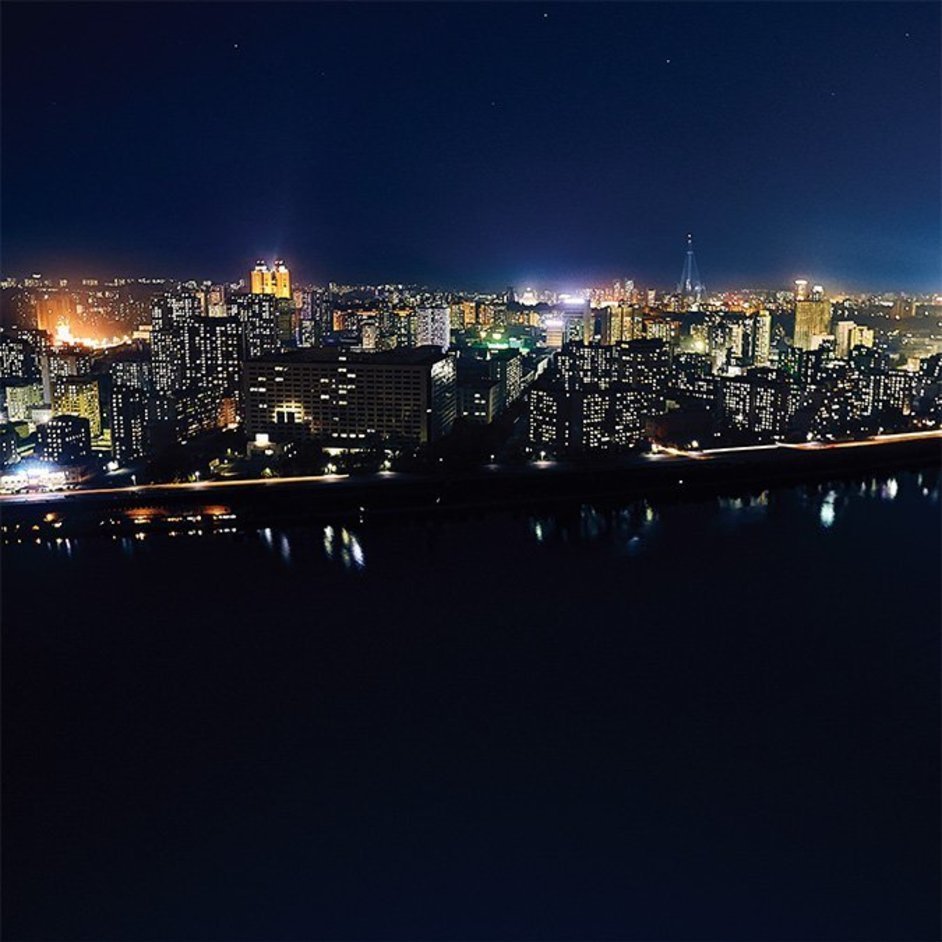
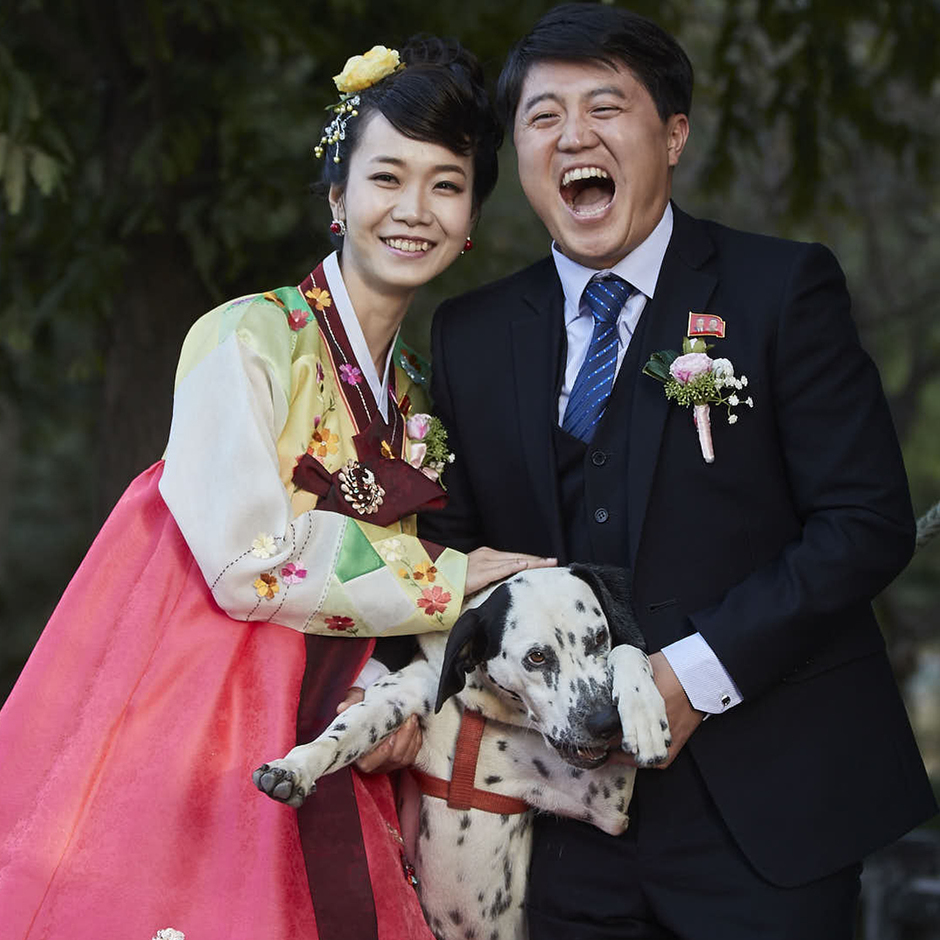
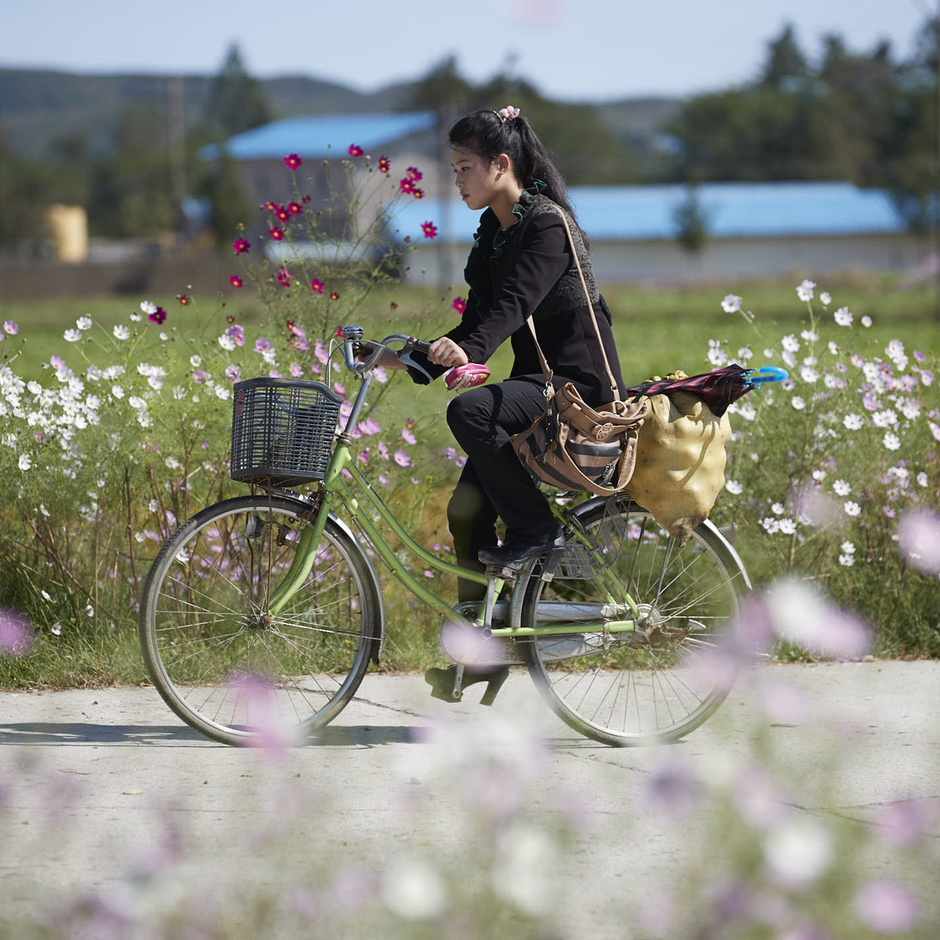
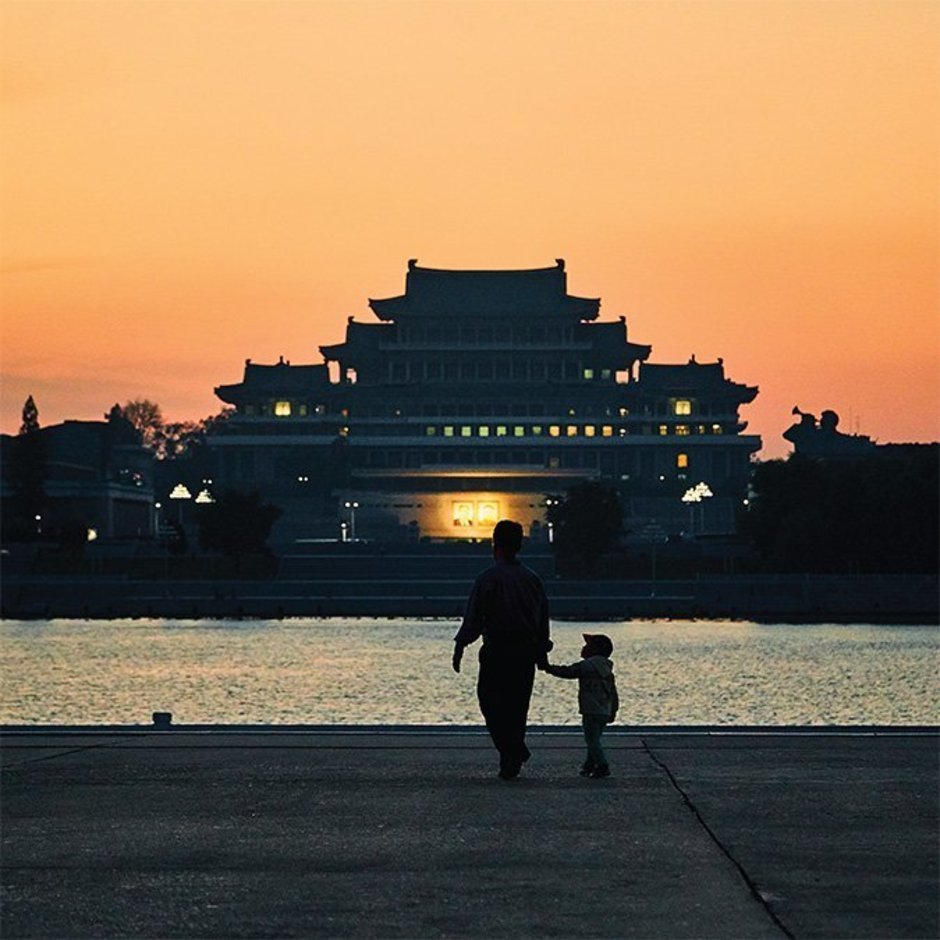
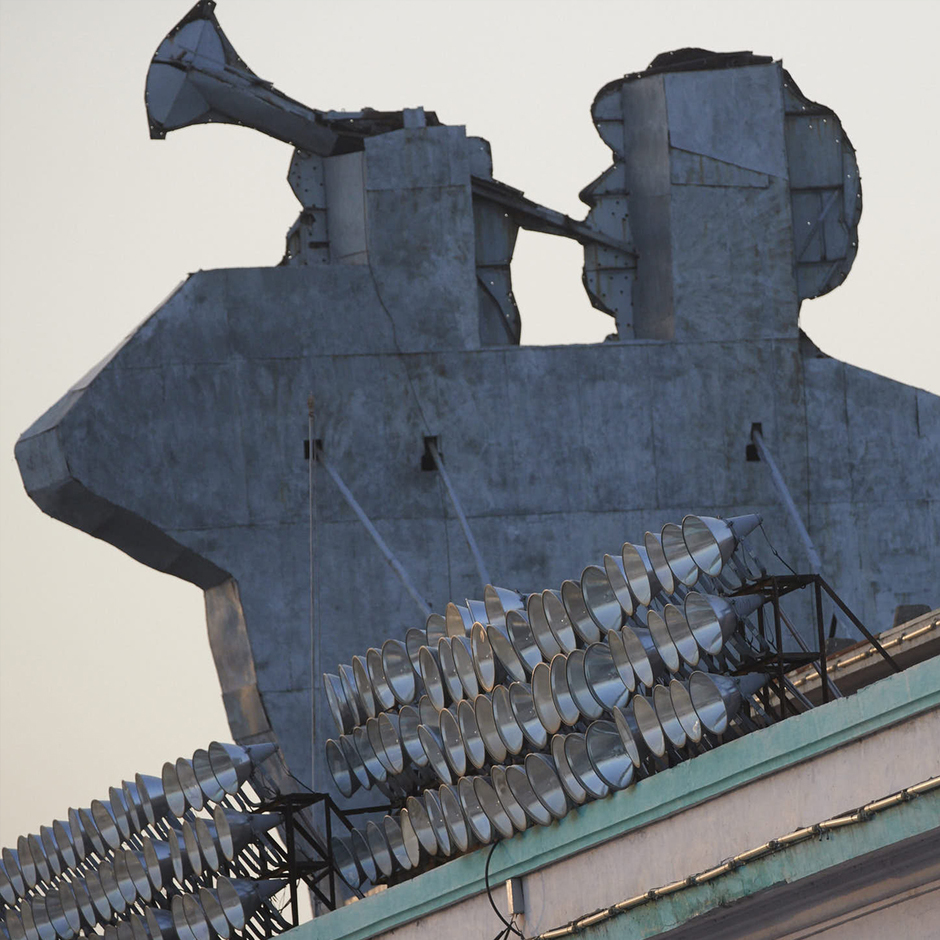
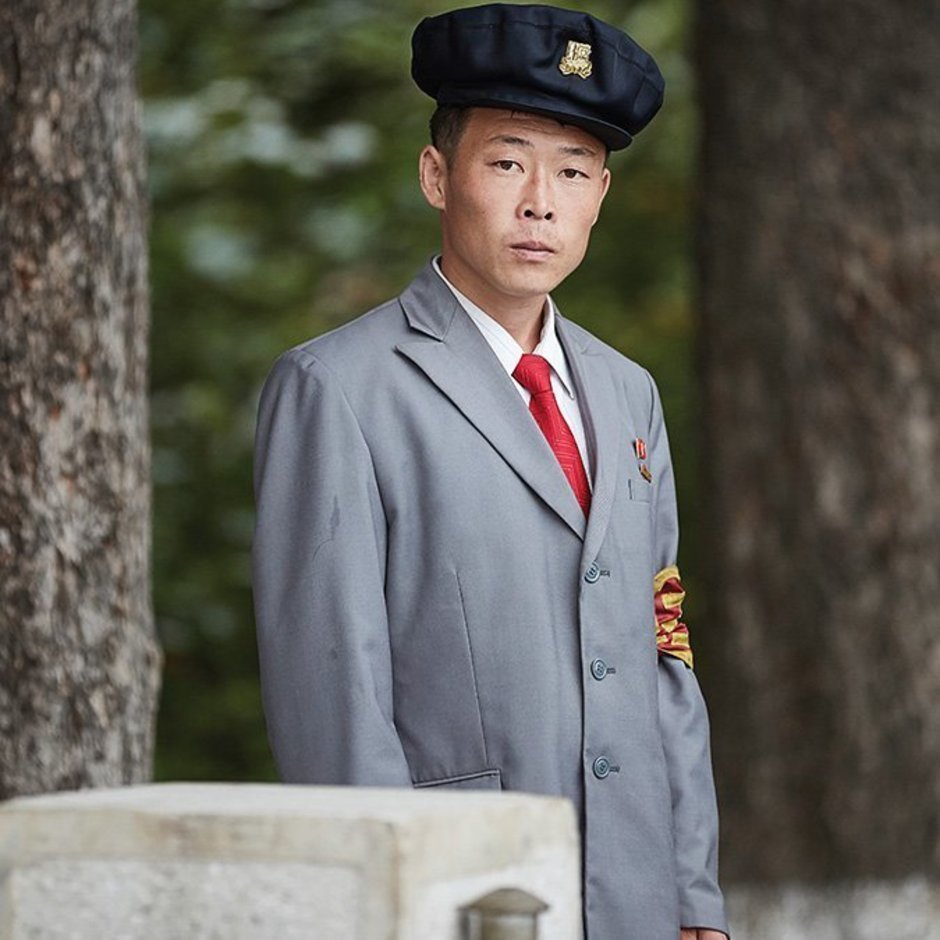
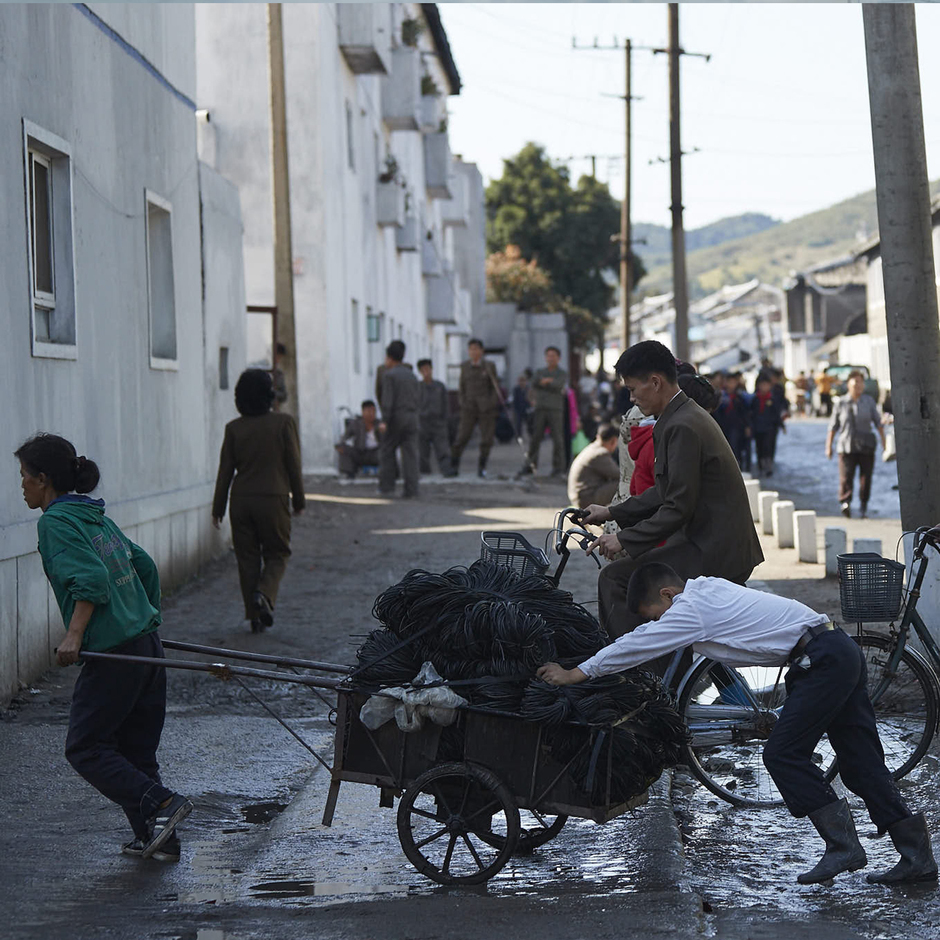
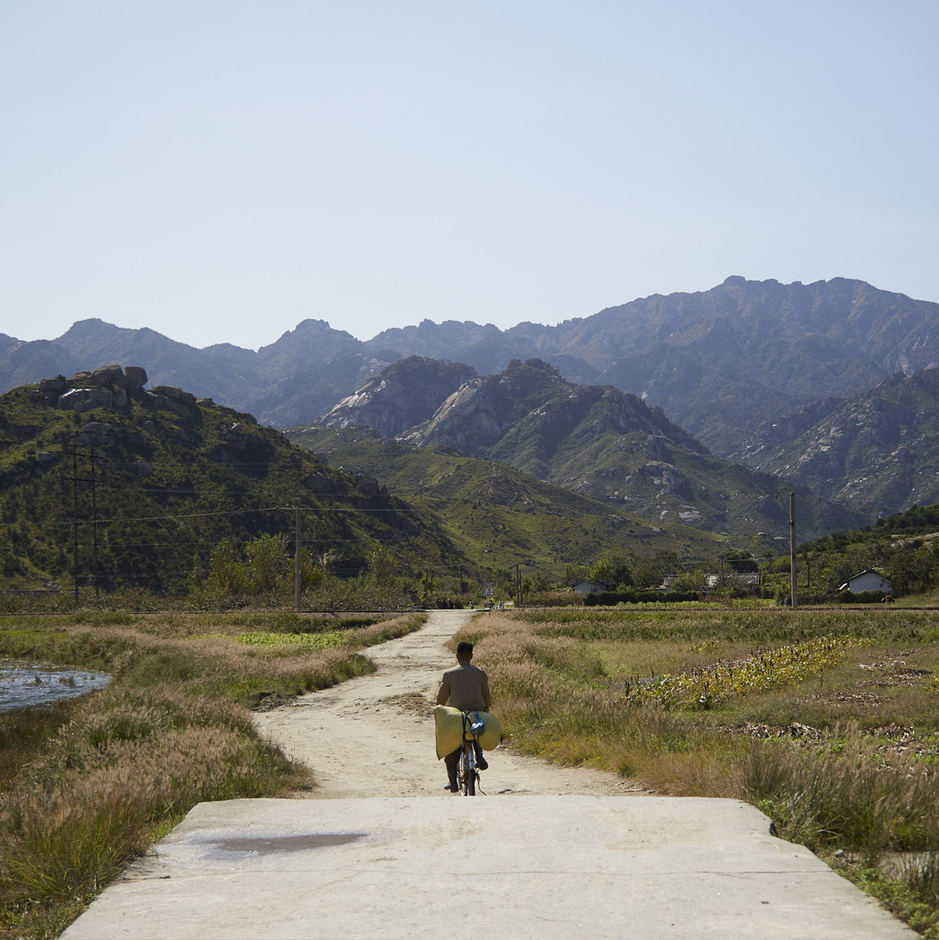

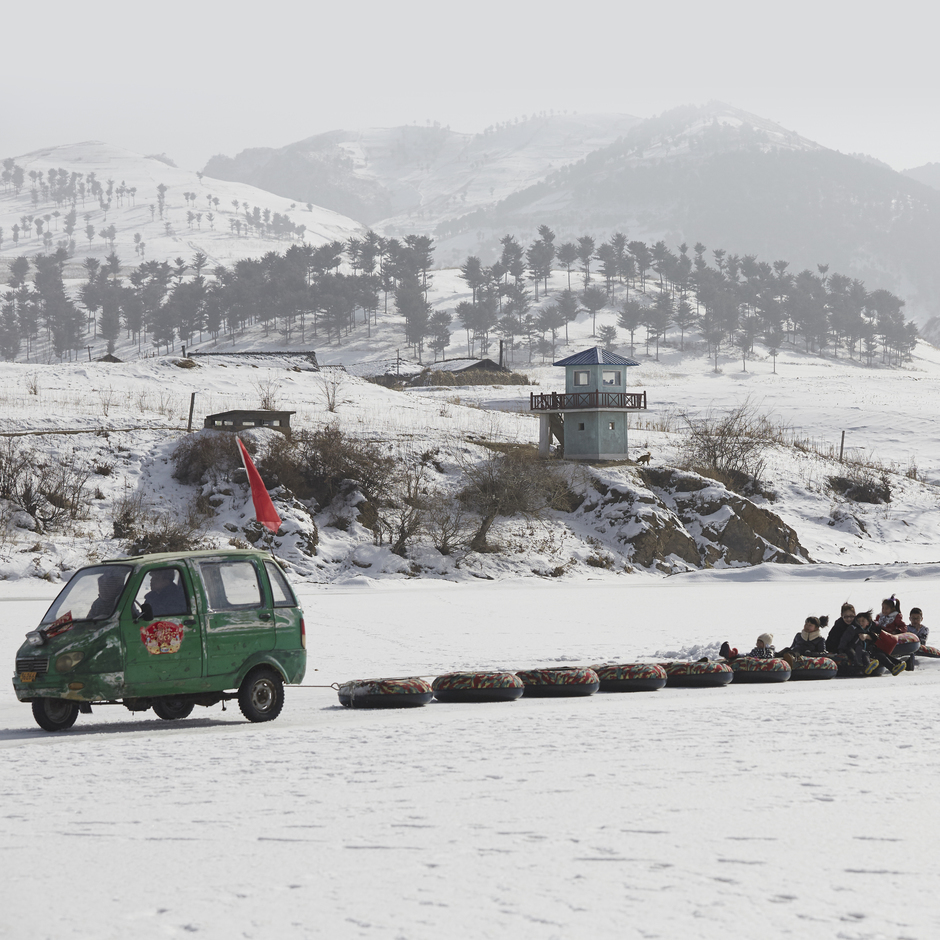
Heya great blog! Does running a blog like this require a lot of work?
I’ve no knowledge of programming however I had been hoping to
start my own blog in the near future. Anyway, if you have any suggestions or tips for new blog owners please share.
I know this is off subject nevertheless I just had to ask.
Cheers!
First of all I want to say awesome blog! I had
a quick question which I’d like to ask if you don’t mind.
I was interested to find out how you center yourself
and clear your mind prior to writing. I’ve had a hard time clearing my mind in getting my thoughts out there.
I truly do take pleasure in writing however it just seems like the first 10 to 15 minutes are generally wasted just trying to figure out how to begin. Any suggestions or tips?
Thank you!